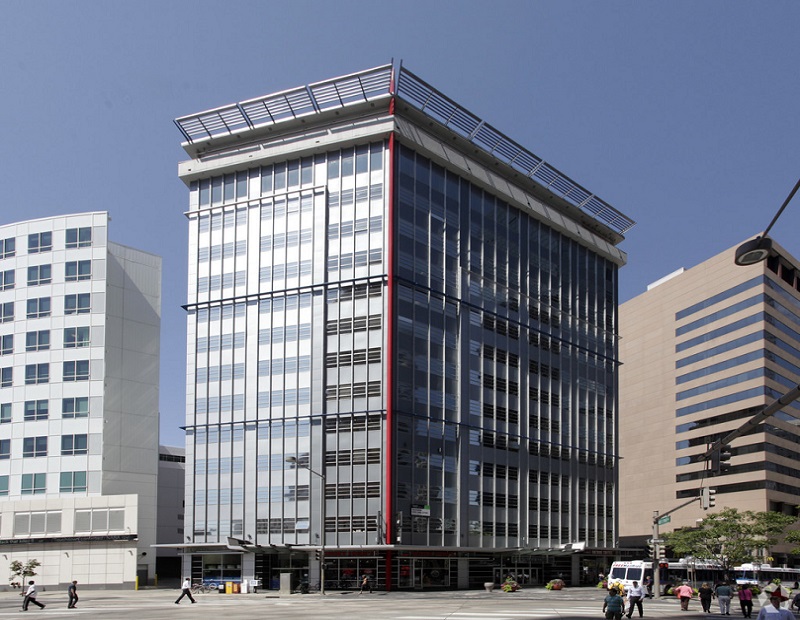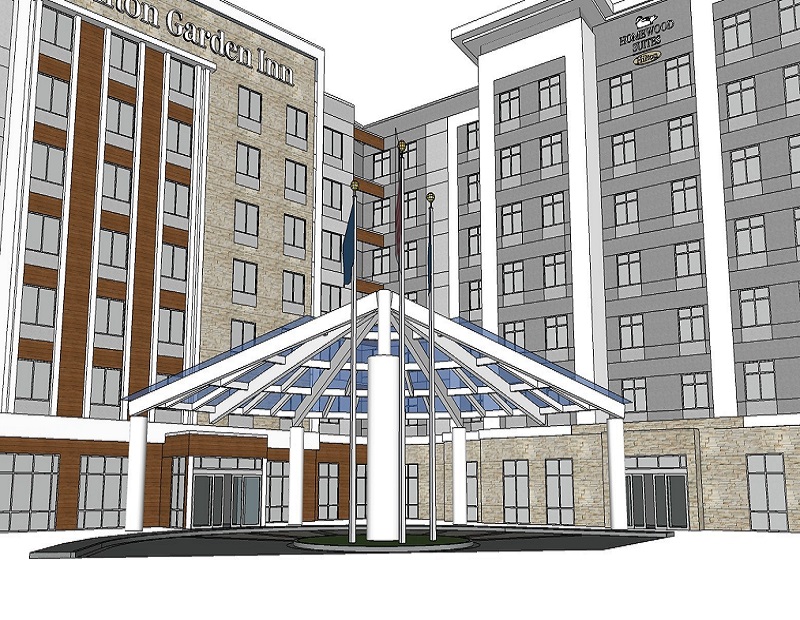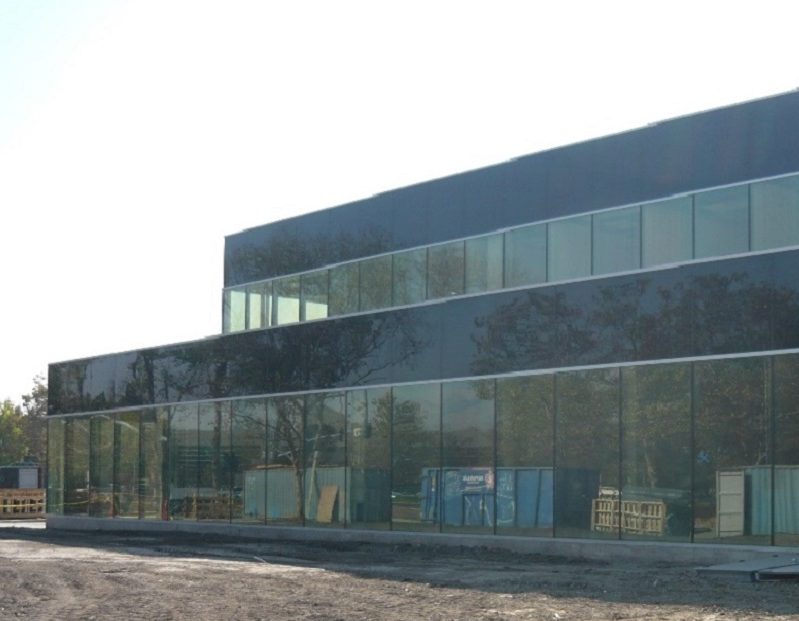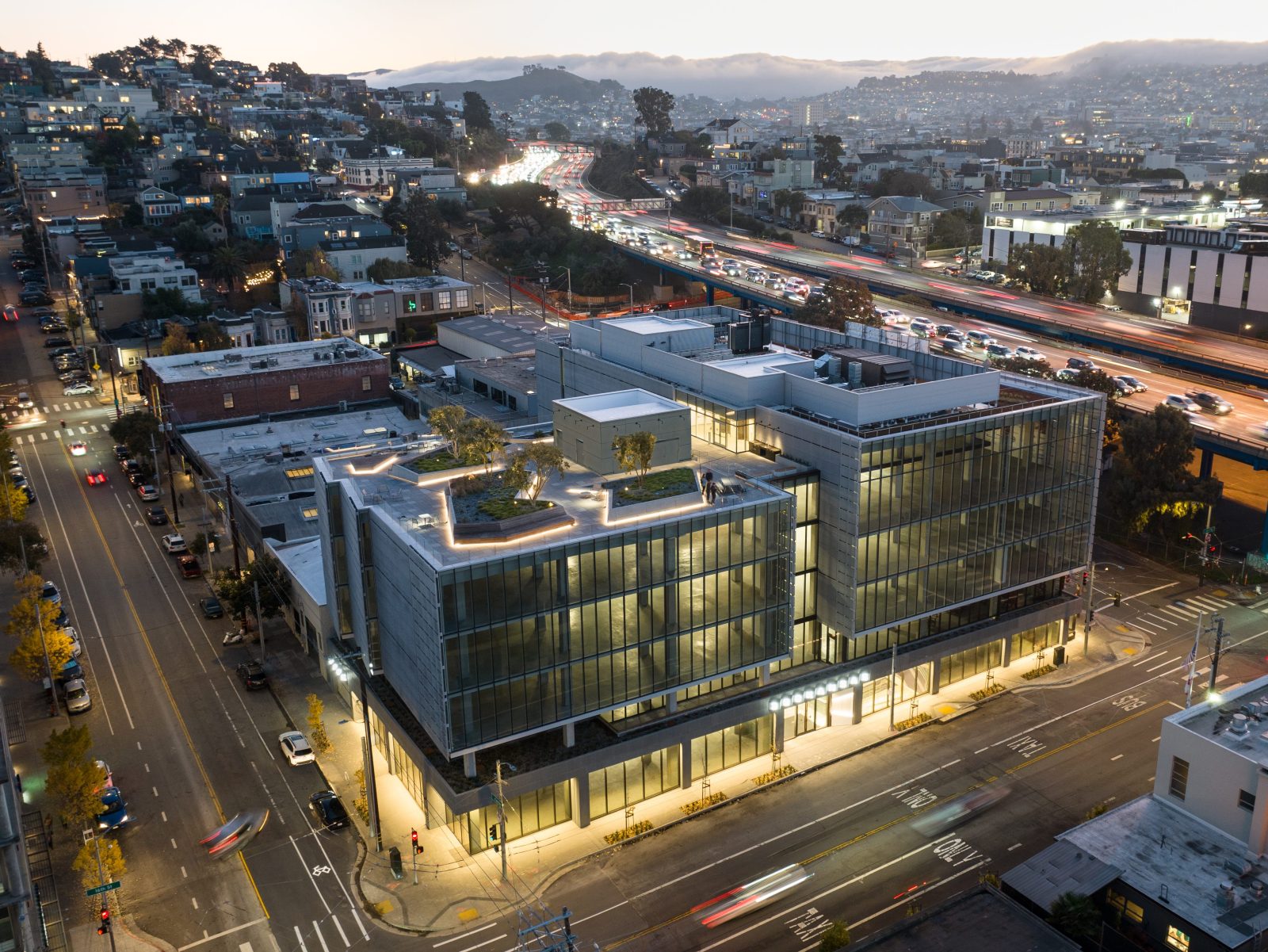PACE of Change
This innovative strategy for funding energy upgrades is progressing in some states while continuing to meet roadblocks in others.

The Petroleum Building, Denver (rendering courtesy of CleanFund)
Energy-efficient commercial real estate developments financed with the assistance of Commercial PACE financing continue to make news and demonstrate the potential of the funding tool. In mid-January, K2 Clean Energy Capital LLC, a developer of PACE financing projects, announced the closing of a $10 million PACE transaction for an Oakland, Calif. multifamily development to feature 102 live-work units.
Days later, PACE Equity completed funding for a new Easton, Ohio, Homewood Suites and Hilton Garden Hotel, the largest new PACE building project in the Buckeye State.
According to the website of PACENation, a national non-profit advocacy group, 20 states and the District of Columbia have active PACE programs. The majority of PACE programs are commercial, but some states – among them California and Florida – have established residential PACE programs.
As reflected in the PACENation website, in 2018 Delaware and Pennsylvania passed commercial PACE statutes, Illinois modified its existing commercial PACE legislation, and Minnesota introduced residential PACE. So reported Carrie O’Malley, head of the multidisciplinary PACE team at Richmond, Va.-based Hirschler, which has more national PACE experience than any other U.S. law firm.
Creating opportunity
PACE is a financing vehicle for energy efficiency and renewable energy improvements to real estate, O’Malley said. It is structured as a public-private partnership involving three parties. One is the property owner applying for a voluntary, special PACE assessment. A second is the local government creating and operating the PACE program. The third is a private PACE lender that lends money to the property owner in accordance with state and local law governing the PACE program. PACE statutes and ordinances vary by state and locality, O’Malley added.
“PACE benefits property owners because it offers long-term financing that is fully-amortized over an extended period [of] 15 to 20 years . . . resulting in lower payments as compared to institutional loans,” O’Malley said. “PACE does not require a down payment, and it allows for 100 percent financing of energy-efficient improvements, including hard and soft costs associated with the PACE transaction.”

Rendering of 240-key Homewood Suites and Hilton Garden Inn to be built in Easton, Ohio. (PRNewsfoto/PACE Equity LLC)
Property owners implementing PACE into their capital stacks benefit from high-performing, energy-efficient buildings with lower operating expenses, increased cash flow and higher asset value, she added. PACE can be incorporated into new construction projects or renovations. PACE assessments are typically levied, collected and enforced in the same manner as real estate taxes. Each PACE lien runs with the land and transfers with title to the next property owner, O’Malley said.
States of Consideration
New PACE legislation is before the South Dakota, Oklahoma and Washington State legislatures, said Michael Yaki, vice president and senior counsel for Sacramento, Calif.-based CleanFund Commercial PACE Capital, Inc. The South Dakota bill did not pass out of committee in early February, which means it will have to be re-introduced in 2020, he added.
Some have wondered if last year’s state-level election results will make approval by certain state legislatures and governors more likely. They suggest that in states where newly-elected Democratic governors have replaced Republican governors, green-related issues may meet with greater favor. Yaki believes it’s difficult to generalize, as PACE is a financing tool popular across party lines, he said.
For example, Pennsylvania, which passed PACE last year, has a Democratic governor but a strongly Republican legislature. On the other hand, New Jersey has a Democratic governor and strongly Democratic legislature.
But there, year-old PACE legislation has not reached the governor’s desk, primarily due to review by the executive branch. This “despite New Jersey being surrounded by states that have passed and implemented C-PACE programs,” Yaki added.

Verseon Building
In the Garden State, development director Victoria Zelin and executive director Jonathan Cloud of Basking Ridge and Princeton, N.J.-based New Jersey PACE, a 501c3 non-profit that has championed PACE since 2012, report they have developed a PACE alternative “almost as good as PACE with a major financial institution,” Zelin said.
“We’re now looking at implementing demonstration projects for New Jersey PACE. So anywhere PACE does not exist, we’ll be able to use this alternative financing over the useful life of the improvement up to 25 years. Or it could be transitioned into a PACE loan at the discretion of the lender.”
Yaki observed “the basic economic message of PACE” is its greater strength in more conservative legislatures. PACE saves businesses money and boosts their bottom lines. It also delivers a demonstrable economic development impact by financing the rehabilitation of existing structures, creating jobs, improving lenders’ collateral and increasing the tax base.
“This is what helped it pass in Virginia, Florida, Nebraska, Missouri, Kentucky and Texas,” he added. “The PACE climate-change message has obvious appeal in liberal states such as California, New York and Minnesota.
“But its ability to reach across the aisle is why it is thriving in swing states like Ohio, Colorado, Wisconsin, Michigan and soon, Pennsylvania.”







You must be logged in to post a comment.